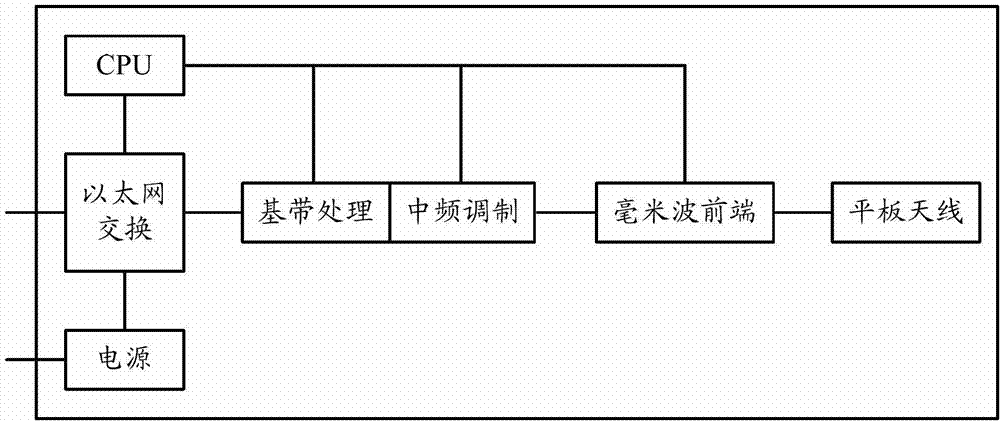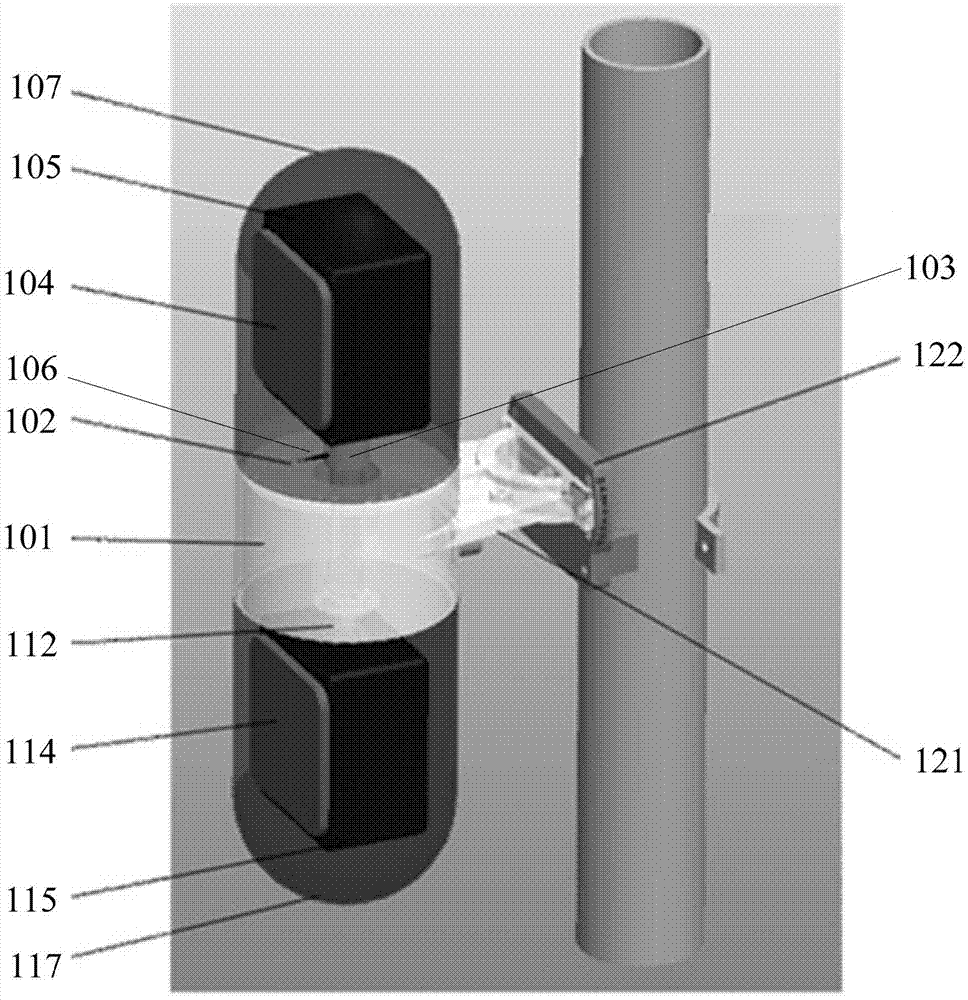Device for return transmission networking
A technology for networking and installation benchmarks, applied in the field of communications, can solve problems such as difficulty in commissioning and installation, long network construction and commissioning cycle, etc., to avoid reversing procedures and improve network construction efficiency.
- Summary
- Abstract
- Description
- Claims
- Application Information
AI Technical Summary
Problems solved by technology
Method used
Image
Examples
Embodiment Construction
[0025] The following will clearly and completely describe the technical solutions in the embodiments of the present invention with reference to the drawings in the embodiments of the present invention. Obviously, the described embodiments are part of the embodiments of the present invention, not all of them. Based on the embodiments of the present invention, all other embodiments obtained by persons of ordinary skill in the art without creative efforts shall fall within the protection scope of the present invention.
[0026] The technical solutions of the embodiments of the present invention can be applied to various backhaul networks, such as LTE small cell backhaul networks.
[0027] figure 1 is a schematic structural diagram of a device for backhaul networking according to an embodiment of the present invention. Such as figure 1 , the device consists of:
[0028] Baseband unit 101; the first dial 102 positioned on the baseband unit 101; the first rotating shaft 103, the ...
PUM
 Login to View More
Login to View More Abstract
Description
Claims
Application Information
 Login to View More
Login to View More - R&D
- Intellectual Property
- Life Sciences
- Materials
- Tech Scout
- Unparalleled Data Quality
- Higher Quality Content
- 60% Fewer Hallucinations
Browse by: Latest US Patents, China's latest patents, Technical Efficacy Thesaurus, Application Domain, Technology Topic, Popular Technical Reports.
© 2025 PatSnap. All rights reserved.Legal|Privacy policy|Modern Slavery Act Transparency Statement|Sitemap|About US| Contact US: help@patsnap.com



